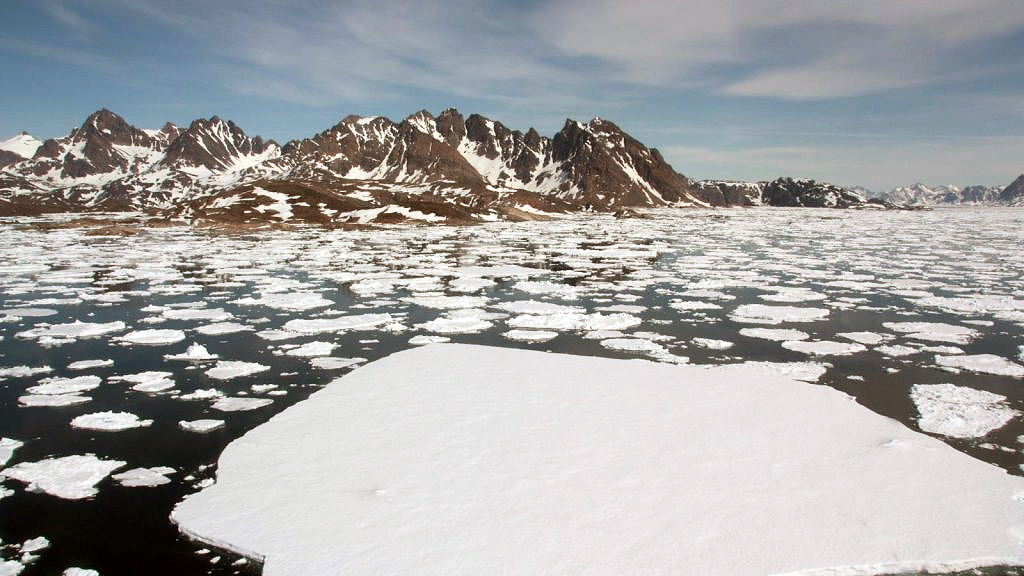The Arctic Meltdown is a huge problem for all of us
The Arctic is in the throes of what sea-ice scientist Peter Wadhams called a “death spiral.” As the region’s once abundant ice melts, giving way to a less reflective surface, the Arctic heats up faster — now at a rate that is double the rest of the planet.
Polar meltdown and the polar jet stream connection — a river of wind that travels around the Northern hemisphere.
 The air in the north wants to flow to the south, where the layer of air is hotter and thicker (hot air expands). The now-warmer Arctic makes it so there’s less of a pressure difference, so what once was a mountain in the sky becomes a gentle hill. Like a river moving down a soft incline, the jet stream moves more slowly and more erratically.
The air in the north wants to flow to the south, where the layer of air is hotter and thicker (hot air expands). The now-warmer Arctic makes it so there’s less of a pressure difference, so what once was a mountain in the sky becomes a gentle hill. Like a river moving down a soft incline, the jet stream moves more slowly and more erratically.
In the United States, these changes in the jet stream are linked to a persistent “ridge” — like a hump in the sky. This causes weather patterns to linger, “perpetuating drought, heatwaves, and extensive wildfires across much of western North America,” according to the report.
This phenomenon, according to the NOAA report, brought a “parade of destructive nor’easters along the eastern seaboard” in the winters of 2013-14 and 2017-18. Most notably, it led to what has been dubbed the “bomb cyclone,” an intense blizzard along the East Coast in January 2018.
The same phenomenon is also responsible for so-called “Atmospheric Blocking” which produces all kind of severe weather, including the slower, more intense hurricanes we’ve seen of late. Harvey and Florence, which hovered over the mainland SE coast for days and dumped trillions of gallons of water, were dangerously stuck in place thanks to a “block.”
